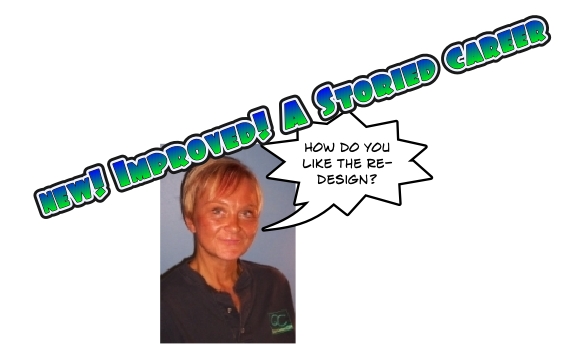
Found some nice nuggets in the storytelling section of the blog (Mighty Casey Media Mighty Mouth Blog) of Casey Quinlan, who describes herself as a “20-year veteran of network news and sports, now a writer, speaker and storytelling guru helping companies and their customers get to ‘happily ever after’.”
She suggests using stories to hold the attention of large audiences:
What are the major points you’re trying to make? What’s the essential story behind each of them? And, most important, why does your audience care how that story turns out? With those elements identified, turn each of your major points into 60-second stories, with interaction time between each of them for the audience to engage with you about the information you just shared.
Her thoughts on stories told during networking are eye-opening and at odds with what I write about here regarding having an “Elevator Story” ready to tell in networking situations:
Do you have a set spiel? Something that you have down pat, that you can say backwards and forwards without thinking? How sincere, how authentic do you think that sounds to your audience? Canned Spam, anyone?… Once you get to that place of comfort, telling your story is organic — it comes easily, from the heart, and communicates clearly to whoever you’re talking to … The approach I’ve seen so many people use — the one I referred to above as pasteurized processed pork product — is to come up with a spiel you can easily remember and repeat, and then do just that. Lather, rinse, repeat. The issue you face if you do choose to tell your story that way is this: how can you communicate value without some element of passion? … You have to keep your story fresh, for yourself AND for your audiences. Canned won’t cut it.
I appreciate Quinlan’s viewpoint that the story needs to sound fresh and spontaneous, not canned and hokey. I wish she’d give examples of what these fresh stories might look like, but I guess that’s the point; giving examples would only encourage readers to adapt and can those examples for themselves.
And nice words here about business storytelling:
Storytelling, in the business sense, is the authentic statement of your value in the marketplace. It’s not charts and graphs, it’s not a slide presentation — let me repeat that, it is not a slide presentation — it’s the language, spoken or written, that says why you’re the best at what you do.
I don’t completely agree with her about the slides. While I agree that slides with charts and graphs and lots of type are not helpful, I think minimalist slides that contain mostly images, such as the pecha kucha presentations I’ve written about, can enhance storytelling.
Quinlan also interlaces her entries about storytelling with her personal saga of going though chemotherapy for breast cancer.
You can also hear a podcast interview with Quinlan.




